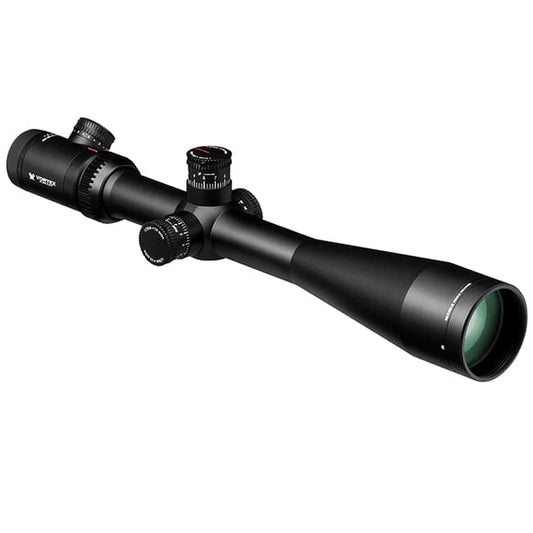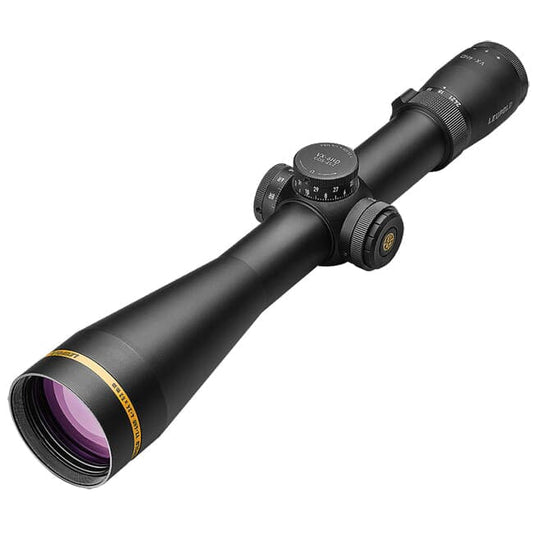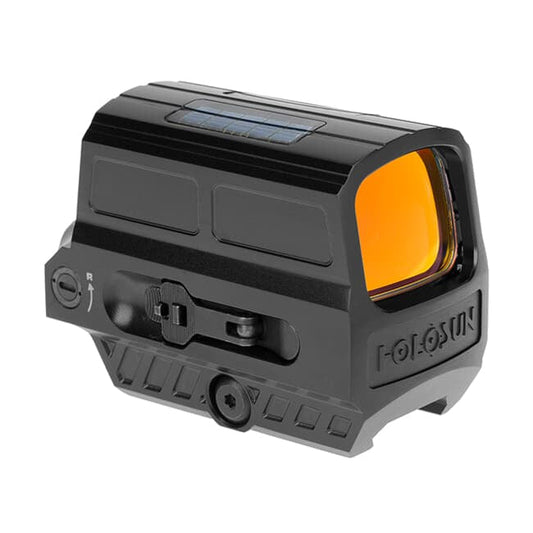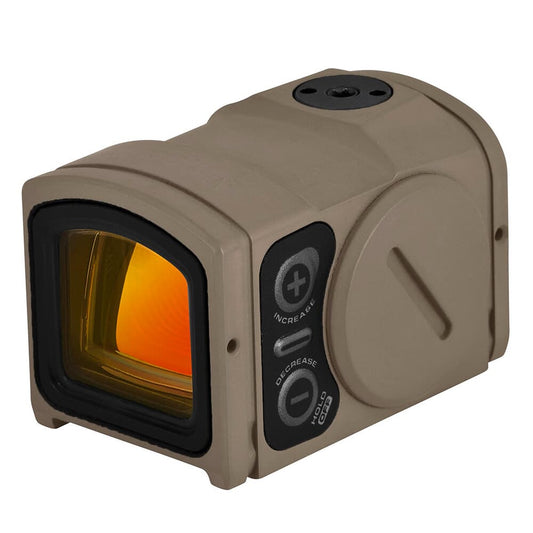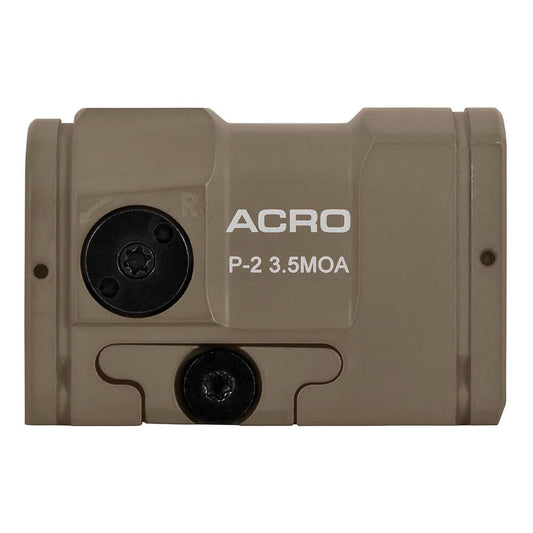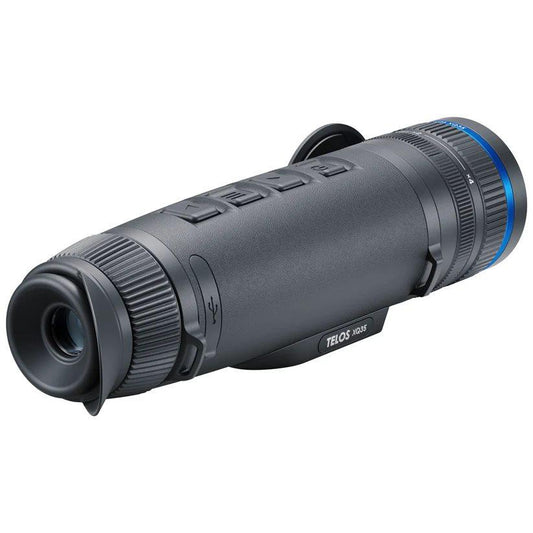

The Pulsar Telos XQ35 Thermal Monocular empowers users with precise long-range observation in complete darkness. Featuring a 1024x768 AMOLED display and a 35mm objective diameter, it delivers clear and crisp thermal images. Waterproof construction ensures reliability in challenging weather conditions, allowing you to focus on your target regardless of the environment. Manual adjustment rings enable seamless zoom and focus, providing detailed views of distant subjects.
With a remarkable detection range of up to 1421 yards, this device is tailored for hunters and outdoor enthusiasts. The ability to stream high-quality video and photos directly to iOS and Android devices enhances the experience, making sharing your adventures effortless. The Pulsar Telos XQ35 combines advanced technology with user-friendly features to elevate your nighttime explorations.
Features:
- UPGRADEABLE DESIGN ensures longevity and adaptability to future updates.
- SUPERIOR IMAGE QUALITY with advanced thermal sensors for clear visibility in any environment.
- USER-FRIENDLY CONTROLS with manual adjustment rings for effortless zoom and focus.
- STREAMING CAPABILITY connects to iOS/Android devices for immediate sharing and recording.
- WATERPROOF CONSTRUCTION offers reliability in adverse weather conditions.
- HIGH DETECTION RANGE at 1421 yards, perfect for long-range monitoring.
- ERGONOMIC DESIGN with non-slip rubber coating for secure handling.
- USER MODE OPTIONS allow for customizable brightness and contrast settings.
Technical Specifications Table
| Specification | Details |
|---|---|
| Magnification | 2.5-10x |
| Lens Diameter | 35 mm |
| Resolution | 1024 x 768 AMOLED |
| Detection Range | 1421 yards |
| Weight | 0.7 kg |
| Dimensions | 210 x 60 x 66 mm |
| Material | Durable plastic and rubber |
What’s in the Box?
- Pulsar Telos XQ35 Thermal Monocular
- Lens Covers
- Padded Carrying Case
- USB Charging Cable
- User Manual
Customer Reviews
"The Pulsar Telos XQ35 has transformed my night hunts. The image clarity is outstanding!"
"I love how easy it is to connect and stream my experiences. Highly recommend!"
"A must-have for serious hunters. The detection range is impressive!"
FAQ
How does the Pulsar Telos XQ35 compare to similar thermal monoculars? The Pulsar Telos XQ35 stands out with its user-friendly features and high resolution, making it ideal for serious users who value performance and clarity. Its advanced thermal sensors provide superior image quality compared to many competitors in its class.
Can the device be used in heavy rain or extreme conditions? Yes, the Pulsar Telos XQ35 is designed to be waterproof, ensuring reliable use even in adverse weather conditions, making it a durable choice for outdoor adventures.
Similar Models
Looking for more advanced optics? Discover our extensive Pulsar collection, including models like the Pulsar Helion 2 for enhanced thermal imaging capabilities and the Pulsar Accolade for comfortable dual-view thermal observation. Explore our full selection for exceptional imaging tools tailored to your adventures.
You May Also Like
Here’s some of our most similar products people are buying. Click to discover trending style.



